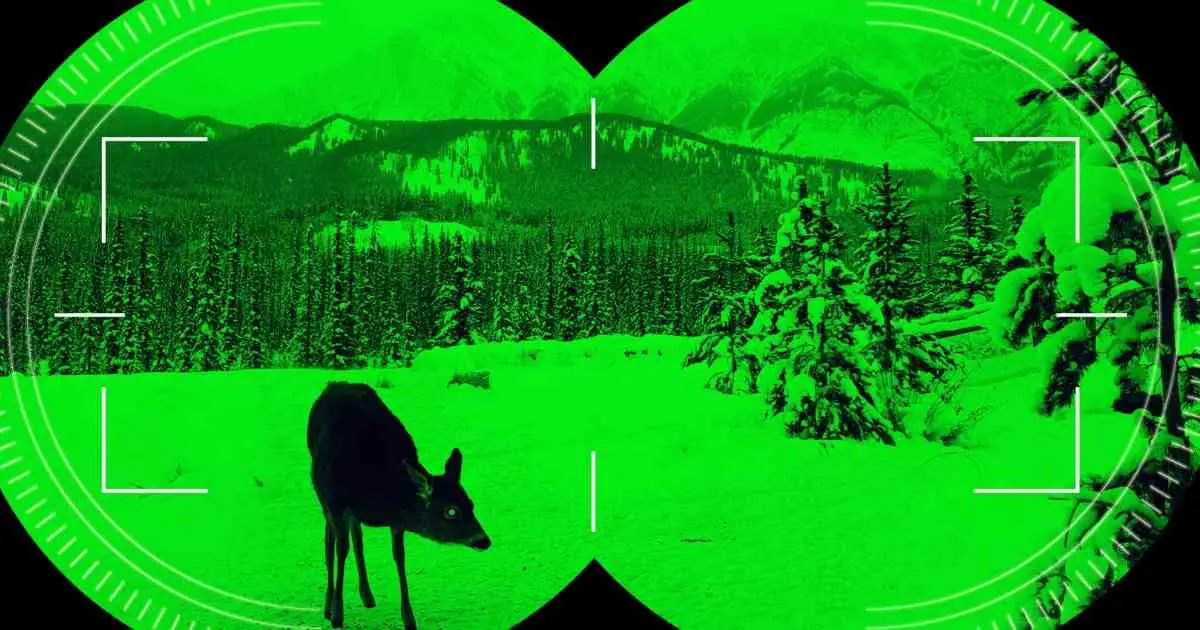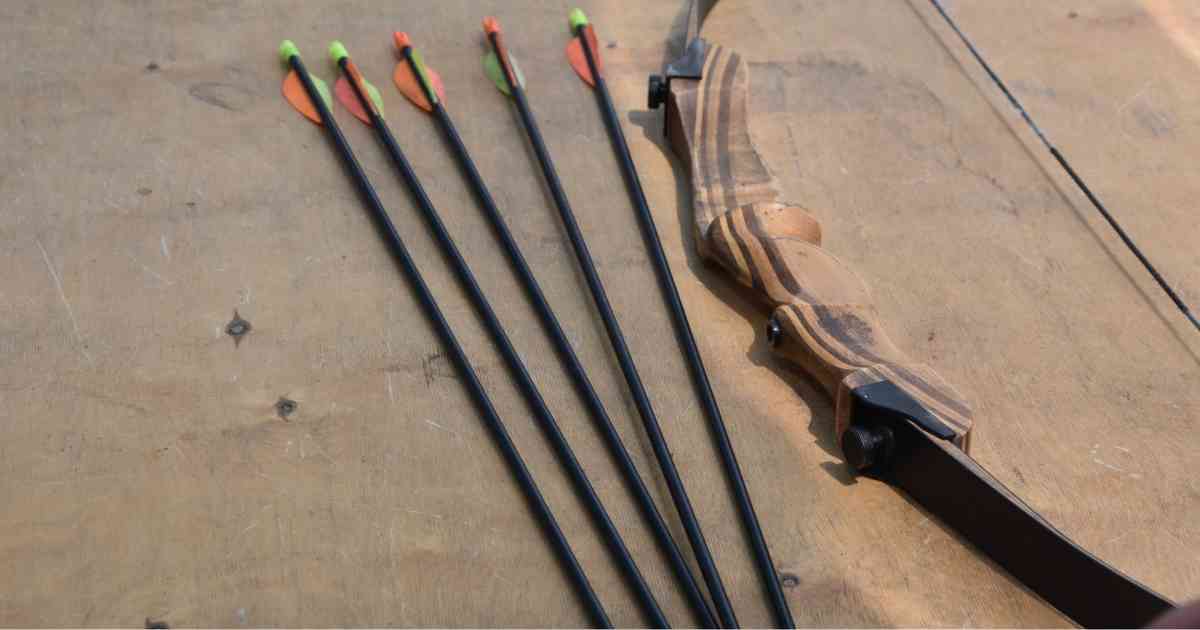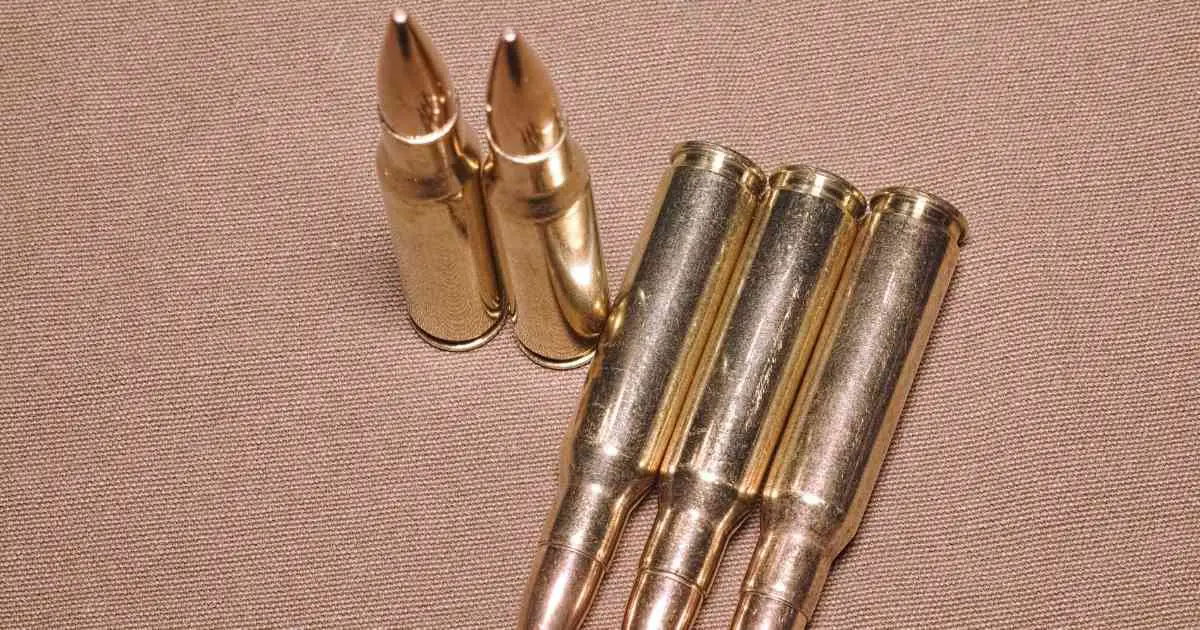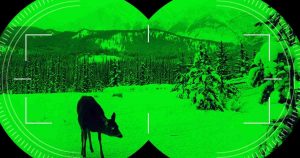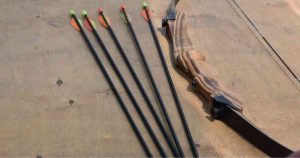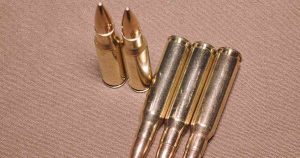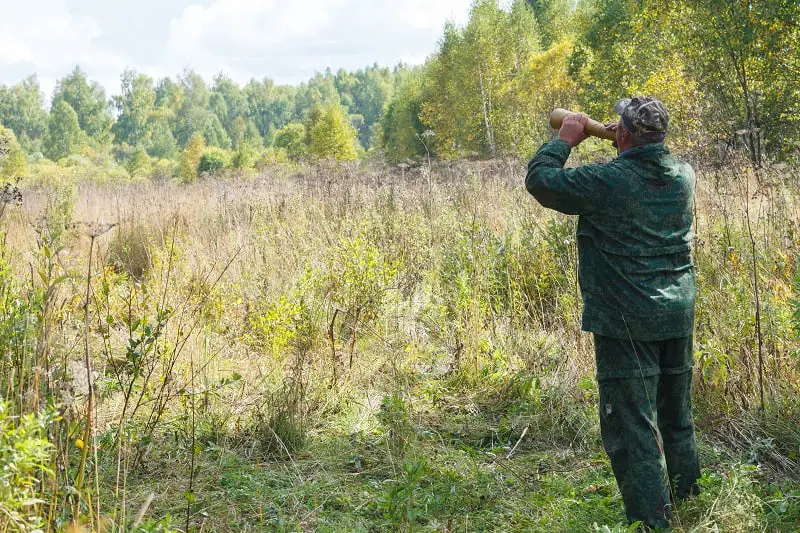
Some people like to go hunting by simply skulking around the woods and hoping for the best. Now, we are not saying that you will never see success hunting this way, especially if you know animal migration patterns and have some good hunting experience.
However, there are some pieces of gear, as well as some tricks for the best chances of success while hunting.
Today we want to focus on one specific piece of hunting gear, the electronic predator call. If you do not know what an electronic predator call is, it is more or less a small speaker that comes with recorded noises to attract predators.
These often come with predator or animal specific mating calls, noises which the young ones or babies make, and noises which prey animals for those predators make. This is a very useful tool when it comes to something like hunting coyote.
Generally speaking, an electronic predator call will often be used for coyote hunting, so this is what we are going to focus on today. Moreover, using an electronic predator call the right way is not as simple as pressing buttons and creating noise.
You have to know which predator calls to use, which noises to make, and when and where to make them.
Knowing the Right Types of Calls to Use
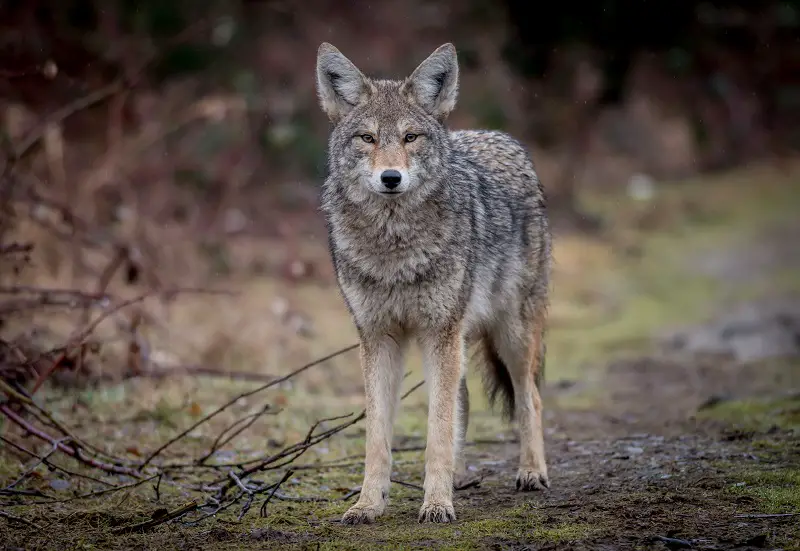
One of the most important things to know is that coyotes and other predatory animals will respond to a variety of calls. One of the most effective types of predator calls for coyotes and other such animals is the distress call, and it all has to do with food.
Whether it is a rabbit, bird, deer, or other animals that sounds like it is in distress, a coyote, wolf, or other predators will recognize distress, and therefore will realize that the animal in question is in trouble.
In other words, it will signal to the predator that the animal making the distress call is most likely injured and easy pickings for a good meal.
Many predatory animals, such as coyotes and wolves, are fairly dormant during the day, and often begin hunting when the sunlight starts to disappear, towards the night; therefore the best time to use predator calls in general, is later in the day.
Let’s go over a few essential tips on when, where, and how to use your electronic predator call the right way.
You should become familiar with the predator you are going after, especially in terms of what they do during a specific time of the year.
For instance, when it is mating season, the whine or whelp of a coyote cub will most likely bring along curious coyotes who want to see what is going on.
You should be familiar with the different noises which a certain predator like a coyote makes, such as group calls, whines, yelps, growls, and other such noises, as these are all important to know when it comes to luring in a predator.
If you know where a group of coyotes or wolves happens to have their main territory, using a threat call, which signals that one of the group is under threat, is a good way to attract the rest of the group, which should come to the rescue of their fellow group member which they deem to be in distress.
One trick is that animals like coyotes and wolves often respond to warning calls. In other words, if you start off with the volume higher up, and then lower it as you go, it will sound like an animal is dying.
Keep in mind that you should mix things up a bit. Using howls, yelps, whines, and other noises in combination usually work best. A predator may get suspicious if you keep using the same call over and over again.
Programming Your Electronic Predator Call
Something else when it comes to electronic predator calls is that you need to program them the right way. Now, there are some fancier options which allow you to quickly cycle through various calls, but there are also those which just come with a few primary buttons.
You need to know which button is for which call, and you need to know where that button is located. Using the wrong call at the wrong time could scare a predator away, or just cause it to lose interest.
Moreover, you need to program your electronic predator call so you can quickly switch from one type of call to another. As we mentioned above, it is generally best to use various calls to attract predator animals, not just the same one over and over again.
Patience and Improvisation
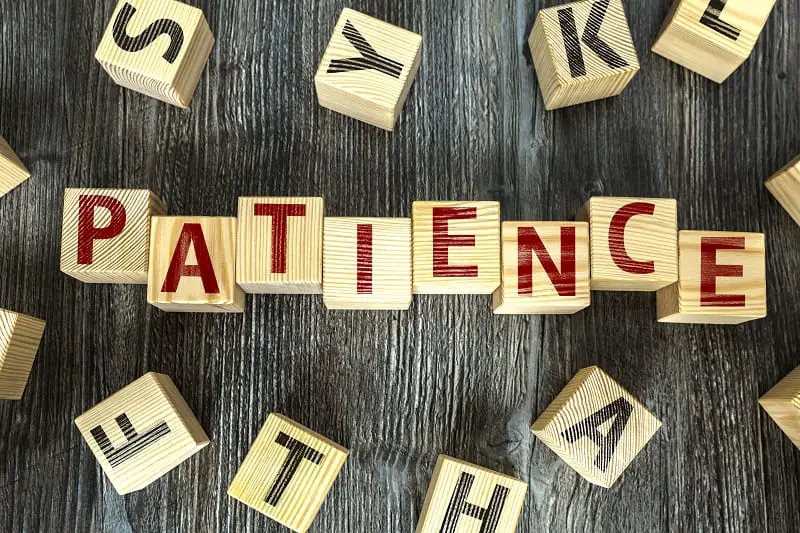
One of the most important things to understand when you are using an electronic predator call is patience. Predatory animals are usually quite cautious; they tend to be cautious because they are looking for dinner and don’t want to scare away a potential meal.
Therefore, if you are using some kind of animal distress or mating call to lure in a predator, don’t be impatient. This can take minutes or sometimes even hours to work.
Never rely on a set calling pattern and never be afraid to improvise. Coyotes and other such predators are not stupid and they will get suspicious of anything that is out of the ordinary. For instance, if you are using a stand or hunting blind, it absolutely needs to match the surrounding terrain.
An electronic predator call is not going to do you much good if the predator in question can see a pasty human up in a tree.
Conclusion
If you follow these tips and tricks, you should be able to master the electronic predator call in a decent amount of time. Remember, this is not an exact science and it does take patience, so don’t give up if you don’t succeed at first.

